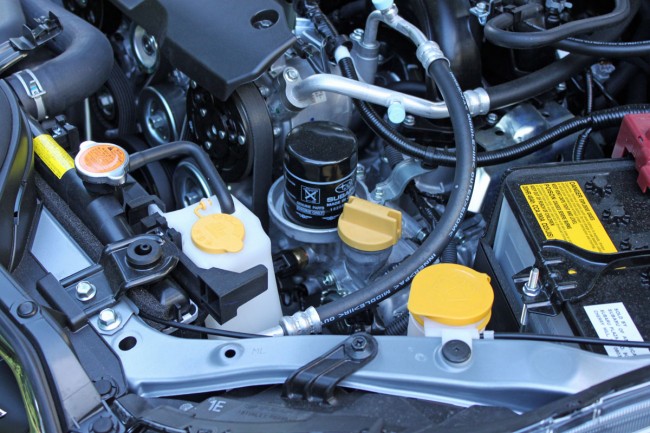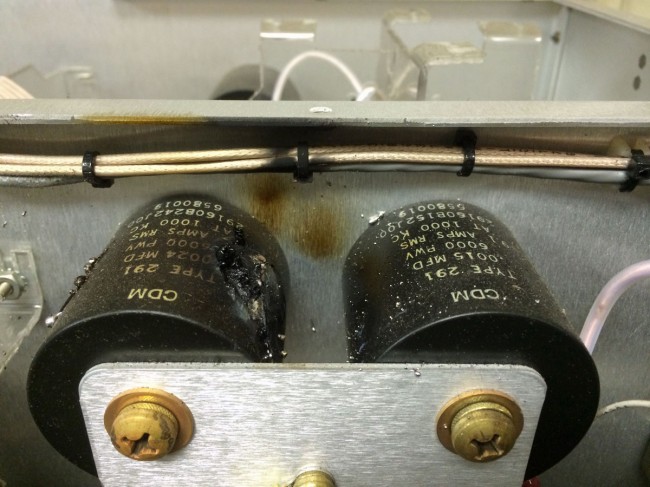Update, W232AL:
The news is out; this is for the new “WFAS-FM” which is actually W232AL retransmitting the WPLJ HD-2 channel. What do they call translators these days… Metro stations? Something like that. Anyway, quite a bit of work went into getting this off the ground before the start of Labor Day weekend and here it is!
We are currently working on a project that involves installing a Shively 6810 FM antenna. Since few people get to see these things up close, I thought I would post a few pictures.
This particular antenna is a four-bay, half-wave spaced directional antenna. It is going to be side mounted on a 430-foot tower. To do this, we had to lower the AM skirt wires by about fifteen feet and retune the AM antenna.
This Shively antenna came in seventeen boxes with sixty-four pages of assembly instructions. There are many parts and they need to be assembled in the order specified, otherwise, things get in the way. We found that Shively provided many extra bolts, washers, O rings, etc because things get lost. Also, all of the parasitic locations and bay orientations were clearly marked. One thing that the tower crew said; always check the Allen screws and other hardware on the elements before installing the RADOMES.
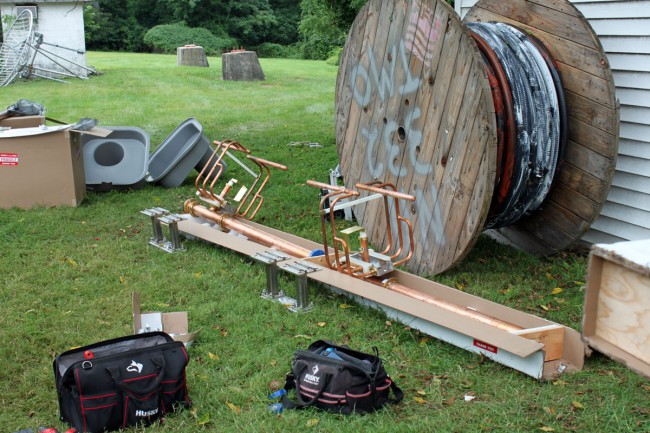
Since this is a half-wave antenna, the radiating elements are 180 degrees out of phase, bay to bay.
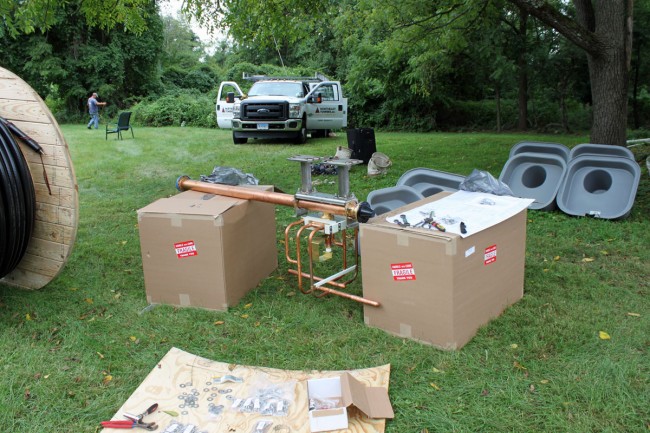
Stainless steel tower leg mounting brackets.


We hoisted two bays at a time. The top bays are ready to go up.
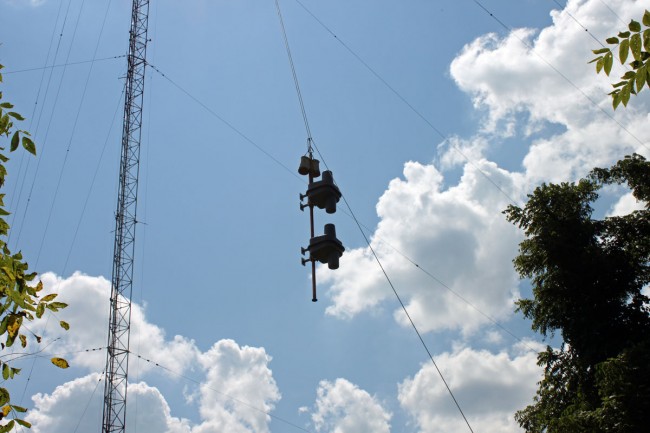
The bottom two bays were hoisted next.
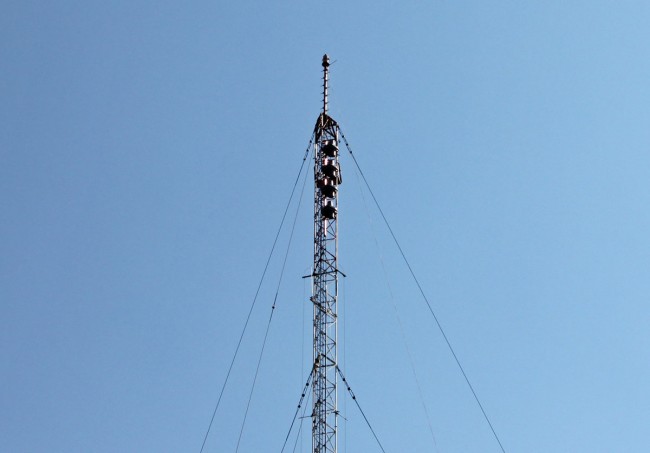
This is the antenna installed, less the tuning section and parasitic elements. It is tilted off axis from the tower by design due to its highly directional nature.
The transmission line was installed and we swept the antenna. I will snap a few final pictures once the transmitter is installed, which will happen tomorrow.
Updated Pictures: Here are a few pictures of the finalized installation:
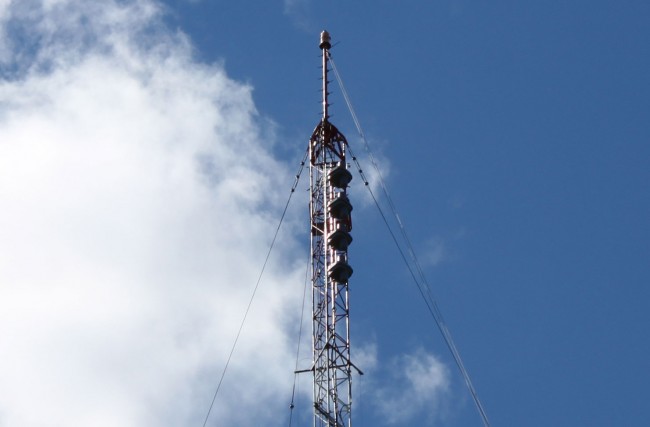
The fully installed antenna, tuning unit and transmission line. We did some program testing, made sure the audio sounded good, then the station was signed on. We also had to lower the AM station’s skirt a few feet and retune the ATU. Actually, the ATU needed to be reconfigured because the shut leg had been disconnected and there was a capacitor added to the circuit after the base current meter. All of that was fixed, along with a few other things…

The W232AL transmitter is a BW Broadcast TX300 V2. These little transmitter are packed with features like a web interface, on board audio processing, etc. They are pretty neat.

The tower crew from Northeast Towers did a great job, as they always do.


